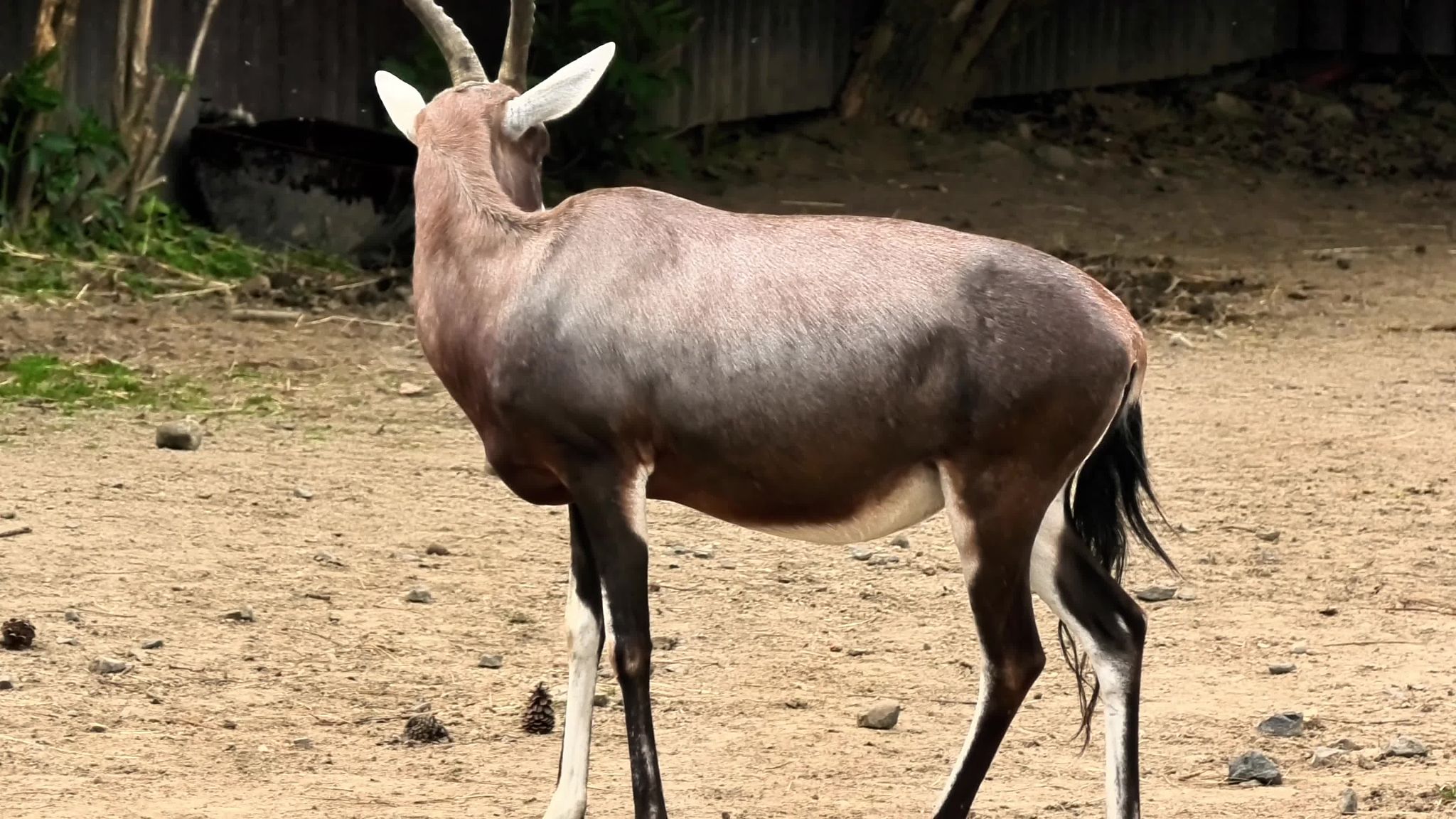Current Wildlife Conservation Trends: How Virtual Experiences are Making a Difference
Revolutionizing Wildlife Conservation through Virtual Experiences
In recent years, wildlife conservation has taken a digital leap forward with the rise of virtual experiences. As technology continues to advance, conservationists and organizations are finding innovative ways to engage the public and raise awareness about endangered species and ecosystems. These virtual experiences are not only enhancing education but also creating new avenues for participation in conservation efforts.

The Power of Virtual Reality in Conservation
Virtual Reality (VR) is one of the most powerful tools being employed in wildlife conservation today. By immersing users in realistic environments, VR can transport individuals to remote habitats and allow them to observe wildlife without disturbing natural ecosystems. This technology has proven effective in educating people about the challenges faced by various species, fostering a deeper understanding and emotional connection.
For instance, VR experiences can simulate the life of endangered animals, showcasing their struggles for survival in changing environments. This immersive approach helps bridge the gap between awareness and action, prompting users to contribute to conservation efforts actively.
Augmented Reality: Bringing Wildlife Closer
Alongside VR, Augmented Reality (AR) is making waves in wildlife conservation. AR overlays digital information onto the real world, providing users with interactive experiences directly on their smartphones or tablets. This technology is being utilized in zoos, museums, and educational programs to create engaging and informative content about wildlife.

For example, through AR apps, users can visualize endangered species in their natural habitats or witness migration patterns. These experiences not only enhance learning but also inspire users to participate in conservation initiatives, such as adopting animals or donating to conservation projects.
Live Streaming and Virtual Safaris
Live streaming has become a popular method for wildlife enthusiasts to experience the thrill of a safari from the comfort of their homes. Many organizations now offer virtual safaris, where live footage from game reserves and national parks is broadcasted online. This allows a global audience to witness wildlife in real-time, increasing engagement and support for conservation projects.
Virtual safaris provide an opportunity for viewers to see everything from majestic elephants roaming the savannah to elusive big cats on the prowl. This accessibility encourages people to support conservation efforts financially and advocate for policies that protect these animals and their habitats.

Online Conservation Communities
The digital age has also given rise to online communities dedicated to wildlife conservation. Social media platforms and forums allow individuals worldwide to connect, share information, and collaborate on conservation initiatives. These communities serve as a platform for raising awareness about critical issues, organizing fundraising events, and promoting volunteer opportunities.
Furthermore, online communities empower people to stay informed about the latest developments in wildlife conservation and participate in advocacy campaigns. By leveraging the power of collective action, these communities are making a significant impact on the preservation of biodiversity.
Challenges and Future Prospects
Despite the promising developments in virtual experiences for wildlife conservation, challenges remain. Ensuring accessibility for all demographics and regions is crucial for maximizing impact. Additionally, maintaining user engagement over time requires continuous innovation and improvement of these technologies.

Looking ahead, the integration of artificial intelligence, improved data analytics, and enhanced virtual platforms promises even more effective conservation strategies. As these technologies evolve, they will further empower individuals to contribute meaningfully to the preservation of our planet's precious wildlife.
